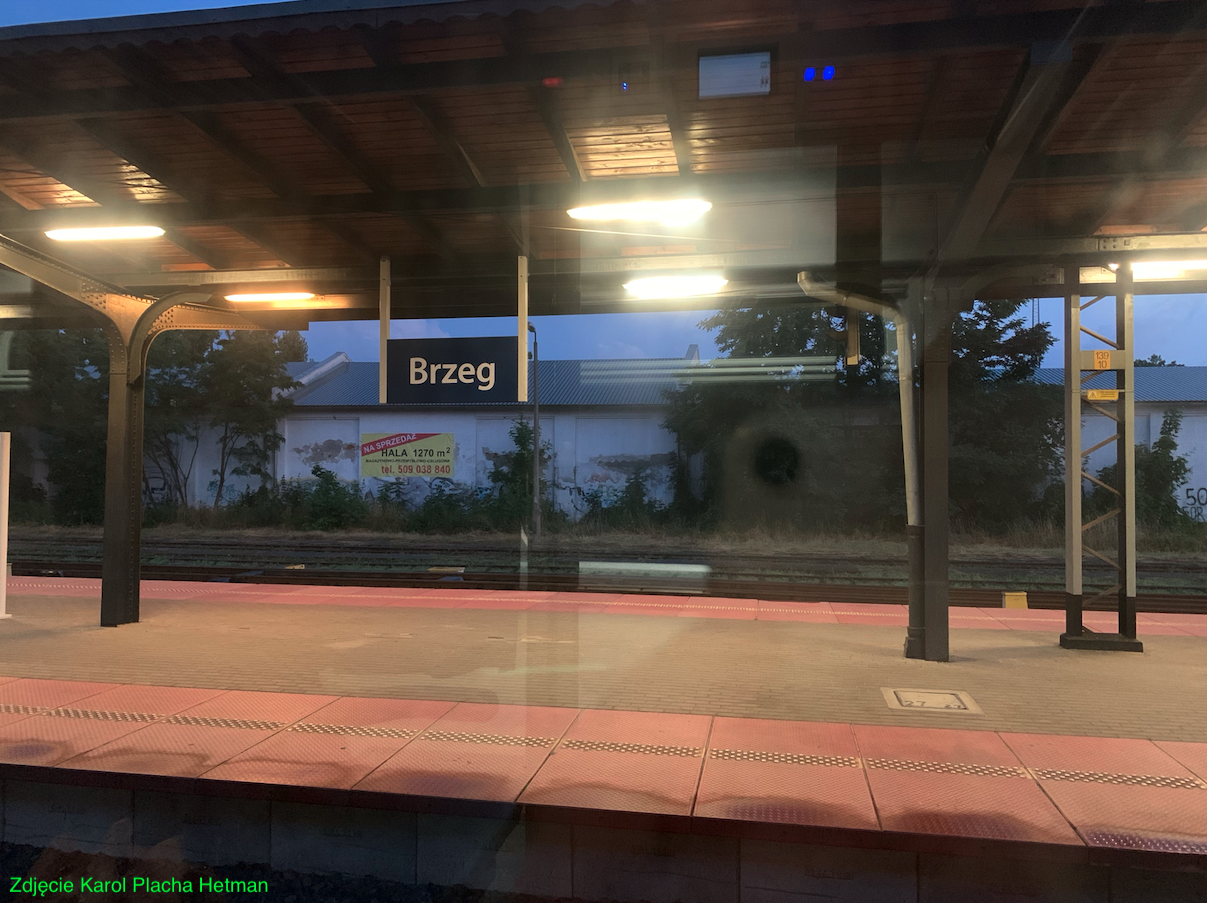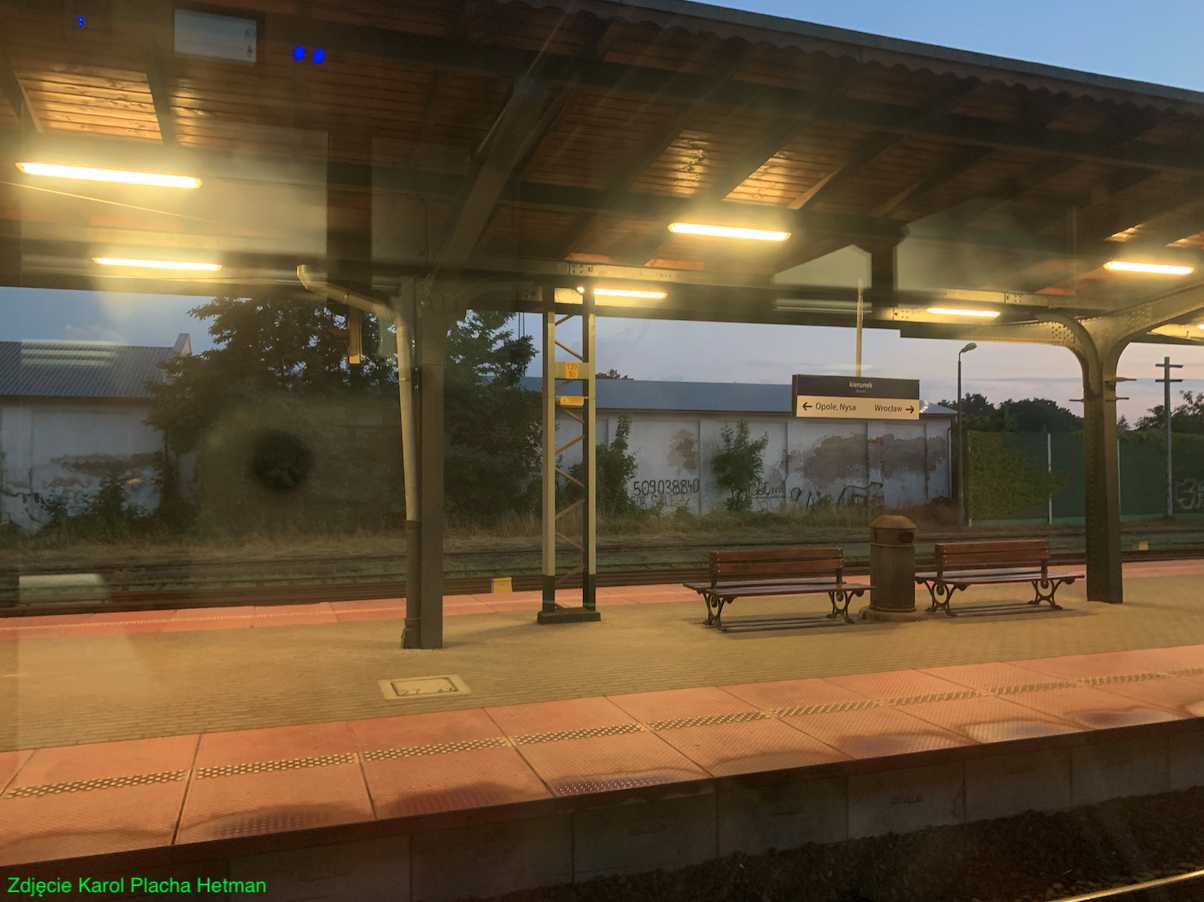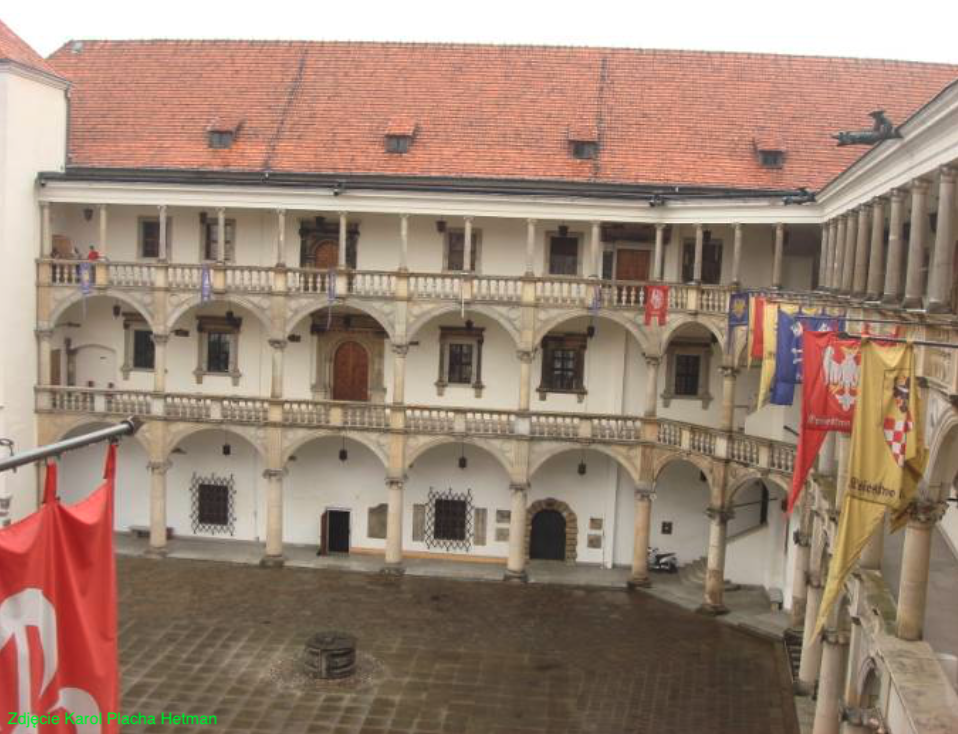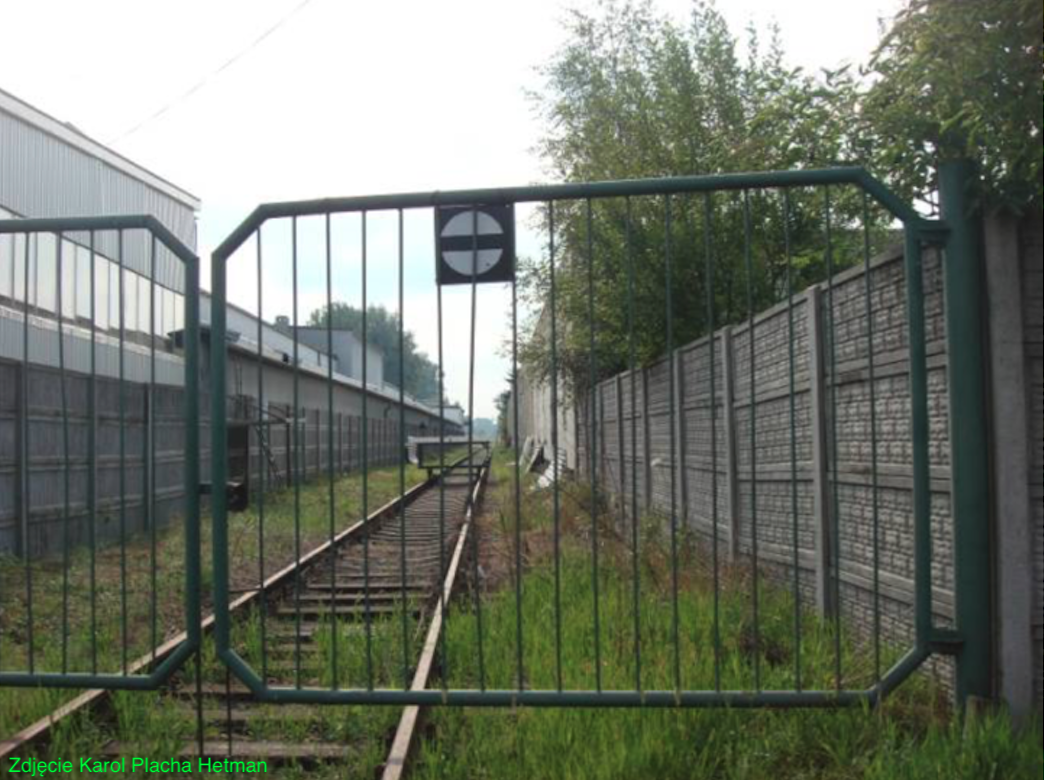Brzeg 2023-12-30
Railway station in Brzeg.
Geographic coordinates: 50.853N 17.471E. Elevation 147 m.


The railway station in Brzeg was opened in 1842 as part of the construction of the railway line from Wrocław to Upper Silesia. It was a time when Lower Silesia and the city of Brzeg belonged to the Prussians. The distance from Brzeg to Wrocław is 43 km, to Oława is 17 km, to Katowice is 140 km.
Brzeg is a city located in the western part of Poland, on the Oder River. The town of Brzeg was founded on a river, and its inhabitants were fishermen and rafters. In 1248, the city obtained city rights thanks to Prince Henry III. In the following centuries, Brzeg was an important trade and craft center. Brzeg was part of the Piast Duchy of Brzeg, which existed from the 14th century to the 15th century. After the collapse of the principality, as a result of the partitions, Brzeg came under the rule of various rulers, including the Czechs and the Habsburgs. In the 16th century, Brzeg was often the scene of battles between the Habsburgs and other European powers. As a result of the wars between the Habsburgs and the Prussians, the city was destroyed many times. In the 18th century, as a result of the Silesian Wars, Brzeg became part of the Kingdom of Prussia and then the German Empire. During this period, the city's infrastructure was developing and a railway line was added. After the end of World War II, Brzeg was incorporated into Poland. New industrial plants and public facilities were built in the city. Currently (2023) the city is investing in the development of infrastructure, education and tourism. Brzeg is an attractive tourist destination with many monuments, including a castle, churches and representative tenement houses.

Brzeg Station.
In the period 2009 - 2010, the station in Brzeg was modernized. The platforms and the entire track system were renovated over a length of approximately 4,500 m. The railway traffic control system was changed. The value of the work carried out amounted to PLN 154 million. The opening ceremony of the station after modernization took place on January 12, 2010.
The first railway station building, built in 1844, has not survived to this day. The current station building was built in 1870, replacing the first station building. The distance from the station to the city center is approximately 600 m. Therefore, the walk from the station to the city center is only 10 minutes. Connecting the railway line to the city had a positive impact on its development. On March 28, 1986, the station was entered on the list of monuments under number 2120/86. The station building is one of the city's landmarks.
The building was built on the plan of an elongated rectangle, measuring 84 m x 13 m. It was made entirely of clinker brick, not plastered on the outside. The plasters were laid inside. The building is multi-body, with three avant-corps, and each avant-corps has three axes. The building is two-story, without a basement. It was covered with envelope and gable roofs and covered with galvanized sheet metal. The central block is the main hall of the station, with three representative entrances and three large windows repeated above them. There is a decorative roof over the entrance. Numerous semi-pillars and cornices not only give the building an attractive appearance, but also strengthen the entire structure. The windows on the first floor are topped with arches. Numerous ornaments made of clinker were incorporated into the façade. There are numerous plant motifs, but also the figures of Athena, Hermes and Hephaestus. The building houses ticket and baggage counters, waiting rooms, restaurants, railway service rooms and apartments.
In the period 2010-2012, the station building was renovated. The window and door joinery was replaced. The roof covering of the facility and the interior of the representative ticket office hall were also renovated. The clinker ornaments on the building's façade were restored with particular care. There are ticket offices, a waiting room, toilets and shops in the main hall. The opening ceremony took place on February 9, 2012.
To the west of the station there is a post office building, currently occupied by the Polish Post. The building was constructed in the same style as the station.
Platforms. Currently, the station has two island platforms and four platform edges. Platform 1 is 385 m long and has a roof of 125 m. Platform 2 is 247 m long and has a roof of 87 m.
The passenger tunnel under the platforms was built around 1880. It starts in the main station hall and leads to both platforms.
Currently (2023) the station consists of two parts. On the eastern side there is a passenger section with two platforms, and on the western side there is a freight section. There is a locomotive depot next to this part, some of which is still used as a railway depot. There is a shed and a working turntable here. There are unloading tracks and storage yards nearby. The rest of the former railway facilities have already been repurposed. An unused water tower has been preserved.
The railway station has never hindered local traffic in the city, because tunnels were built under the tracks relatively quickly along the following streets: Starobrzeska, 1 Maja, Chocimska (DK No. 39), Kilińskiego, Małujowicka. The last rail-road crossing, along Kolejowa Street, has been closed. The tunnels of Starobrzeska and 1 Maja streets are of identical construction, supported by riveted iron pillars.
In 2022, the station served 3,600 passengers per day. The station is served by trains operated by PKP InterCity in the following categories: InterCity, Express InterCity Premium, Your Linie Kolejowe and PolRegio. In December 2023, 70 passenger trains left the station. You could go to: Białystok, Bielsko-Biała Główna, Bydgoszcz Główna, Gdynia Główna, Jelenia Góra, Katowice, Kędzierzyn-Koźle, Kraków Główny, Kudowa-Zdrój, Lublin Główny, Nysa, Opole Główna, Poznań Główny, Przemyśl Główny, Racibórz, Słupsk, Szczecin Główny, Szklarska Poręba Górna, Świnoujście, Ustka, Warszawa Gdańska, Warszawa Wschodnia, Wrocław Główny, Zakopane, Zielona Góra Główna.
Railway line No. 132 Bytom – Wrocław Główny.
Railway line No. 132 Bytom - Wrocław Główny is 164.434 km long, double-track, electrified, with a maximum speed of 160 km/h. The line runs through the Silesian, Opole and Lower Silesian voivodeships. The line is a fragment of line E 30, and between Pyskowice and Opole of line CE-30. These lines form the 3rd Pan-European transport corridor. By 2011, the Wrocław – Opole section was modernized to a speed of 160 km/h for passenger trains. This part of the line, together with the CMK and the Koniecpolska bridge, is the fastest connection between Wrocław and Warsaw.
Railway line No. 288 Nysa – Brzeg.
Railway line No. 288 Nysa - Brzeg is a south-north line. The line is single-track, non-electrified, connecting three cities: Nysa - Gródków - Brzeg. The entire line lies in the Opole Voivodeship. The line was opened on July 25, 1847, on the Brzeg - Pakosławice section, and on November 26, 1848, on the Pakosławice - Nysa section. In history, the line was used by long-distance trains from Wrocław to Czechoslovakia. In 2005, passenger traffic on the line was suspended. In 2010, Brzeg - Nysa trains were restored, operated by SU45 locomotives with one or two passenger cars. In 2015, railbuses were introduced. The maximum speed on the line is 40 - 80 km/h.
Railway line No. 304 Brzeg – Małujowice.
Railway line No. 304 Brzeg - Małujowice is a single-track, non-electrified line, only 6.853 km long, with a maximum speed of 40 km/h. The line is of local importance and connects the Brzeg station with plants built on the site of the former Soviet Brzeg airport. Originally, the line was 50.645 km long and connected Brzeg - Wiązów - Strzelin - Łagiewniki Dzierżoniowskie. The line was opened in stages: Wiedza Śląska – Wiązów, 5.7 km long, opened on May 1, 1893; Strzelin – Kondratowice, 9.6 km long, was opened on August 10, 1893; Kondratowice – Łagiewniki Dzierżoniowskie, 7.4 km long, was opened on November 10, 1893; Strzelin – Wiedza Śląska, 6.7 km long, was opened on May 15, 1894; Wiązów - Brzeg, 21.1 km long, was opened on September 15, 1910. On September 1, 1989, traffic was completely stopped. In 2005, the Strzelin - Łagiewniki Dzierżoniowskie section was removed from the railway records. In 2018, work was undertaken to restore freight traffic in the Strzelin area, for the transport of aggregate from mines (quarries), in order not to degrade road roads.

Written by Karol Placha Hetman
